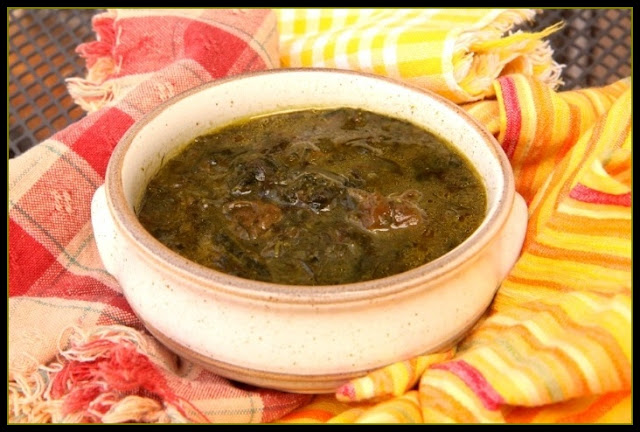Elderflower Buttermilk Sherbet
I suspect that the reason I'm not crazy about elderberries is that I've used them as medicine for so many years now, and associate their taste with being sick. Elderflowers, on the other hand, are a completely different matter. Their taste is so special, so magical, that I scramble to harvest and preserve enough to last the entire year during their brief period in which they bloom here.
Clearly, many covet the taste of elderflower. Why, then, do so many people mask their flavor when making elderflower cordial? Most recipes call for a mass of lemon zest and citric acid. I've even seen some that called for oranges, cinnamon, and clove. Worse, some recipes will have you dump boiling water overtop the delicate flowers, thus rendering them brown, and pulling out some of their off flavors.
OK, so I'm opinionated when it comes to elderflower cordial. At least I'm not the only one. My friend at Wildness also holds strong opinions when it comes to elderflower cordial. I'd also like to add that this is not the time to use honey or unprocessed sugar. Both have strong flavors that will cover up the delicate pollen flavor of elderflower. Man up and use some white sugar. It's not as if you'll be drinking this stuff by the gallon. I've used citric acid one time, and hated the way my elderflower cordial ended up tasting. I've not noticed a difference in the color or the way it preserved without the citric acid.
Once you've made elderflower cordial, you can mix it with fizzy water or alcohol to make a very nice drink. It is also a delightful way to dress cut fruit, or to soak a layer of cake. I had almost given up harvesting elderflowers for the year when my friend Lacy posted a recipe for elderflower sherbet made with buttermilk on my Facebook wall. I couldn't help but think that buttermilk and elderflower sounded like an amazing flavor combination, and I wasn't disappointed. It only took one bite to send me scrambling for more elderflowers, so that I'd be able to satisfy my desire to repeat the recipe. It's good stuff, and I think buttermilk sherbet has a lot of potential flavor combinations beyond just elderflower (lemon balm and peach, anyone?).
If you'd like to learn about elder as medicine, have a look at this article by herbalist Kiva Rose. My elderflower sherbet was adapted Martha Stewart's recipe. If you like elderflower, you might also enjoy my recipe for elderflower shrub.
Butter's Elderflower Cordial
4 c. stripped elderflowers*
6 c. sugar syrup (ratio 1 c. sugar : 1 c. water, dissolved gently over heat) at baby bottle temperature
8 Tbsp. lemon juice
1. Pour the warm sugar syrup over the elderflowers, stir, and let sit for 24 hours.
2. Strain out the elderflowers using a sieve.
3. Stir in the lemon juice.
4. I can this using a water bath, but because that is a fussy process in which you could potentially harm yourself, I will say to just stick the cordial in the refrigerator unless you have experience canning.
Elderflower Buttermilk Sherbet
2 c. buttermilk
3/4 c. milk
1 1/2 c. elderflower cordial
1. Whisk all ingredients together.
2. Pour the mix into your ice cream maker and follow the manufacturer's instructions.
3. Freeze the resulting elderflower sherbet, stirring every hour, until it sets as firmly as you desire.
*It really is necessary to pick the flowers from the stems, as they are toxic, but don't get all OCD about it, just do the best you can. I like to use my fingers, but plenty of people use scissors.


